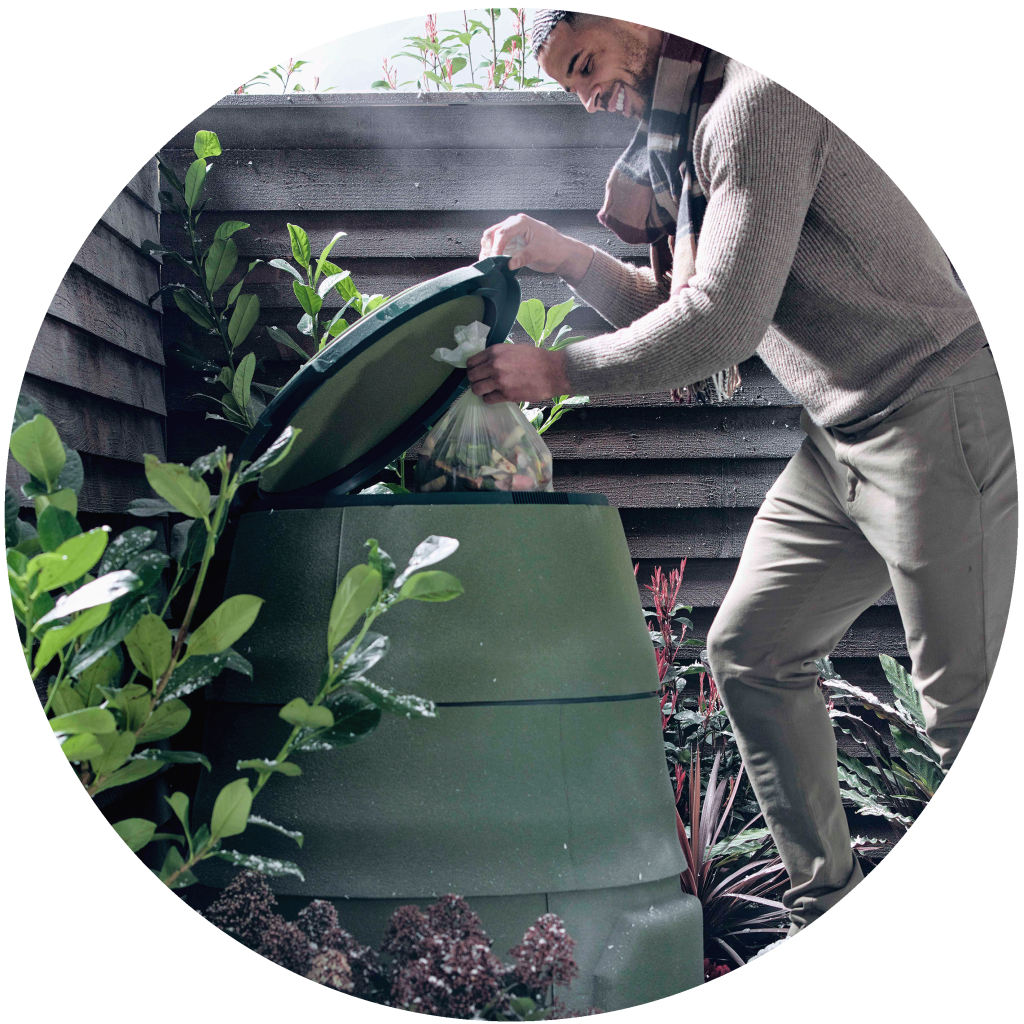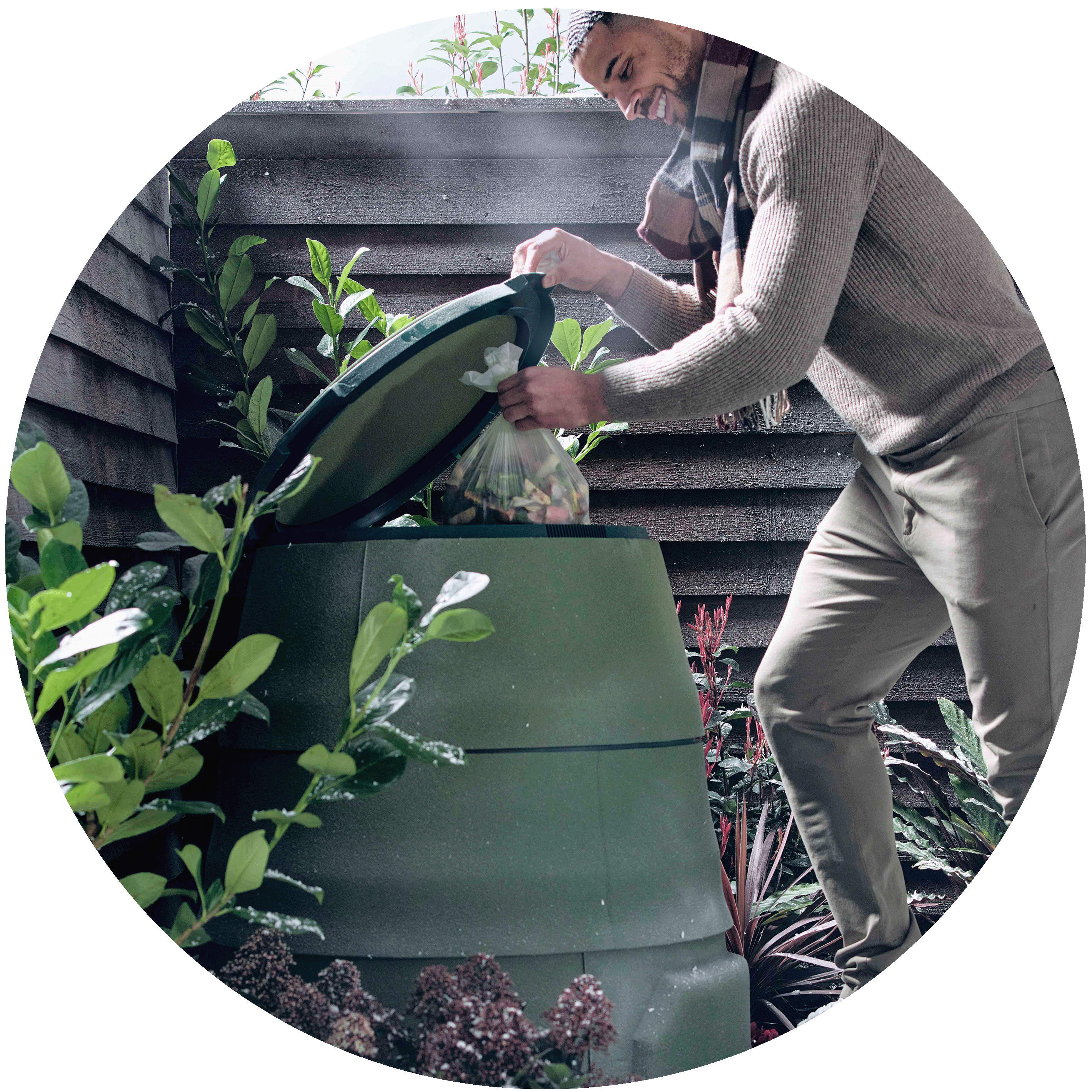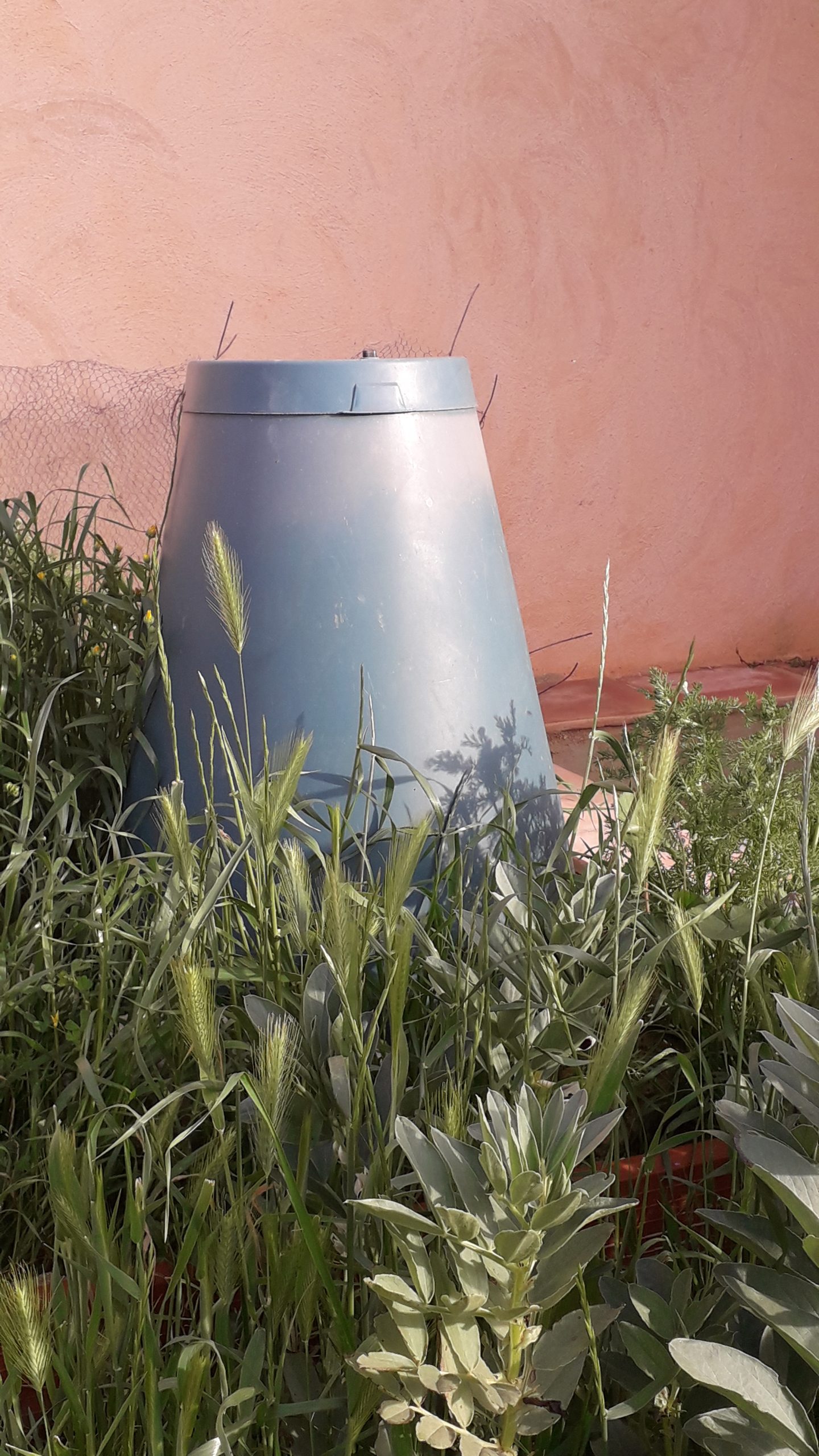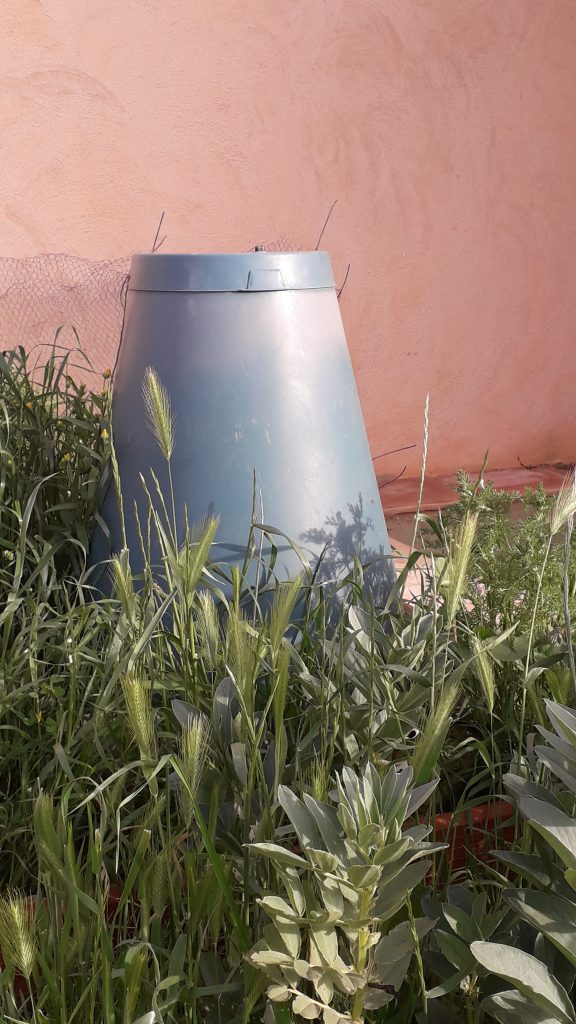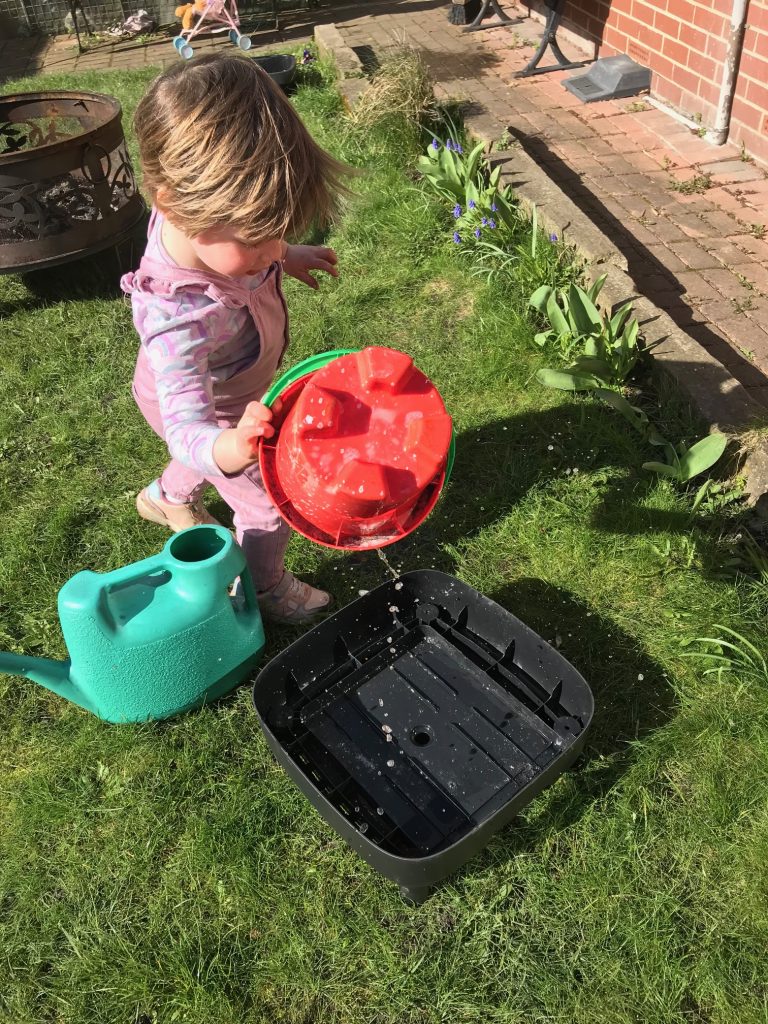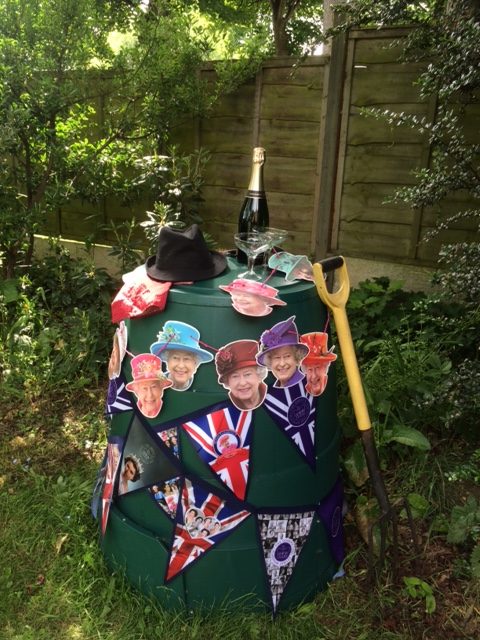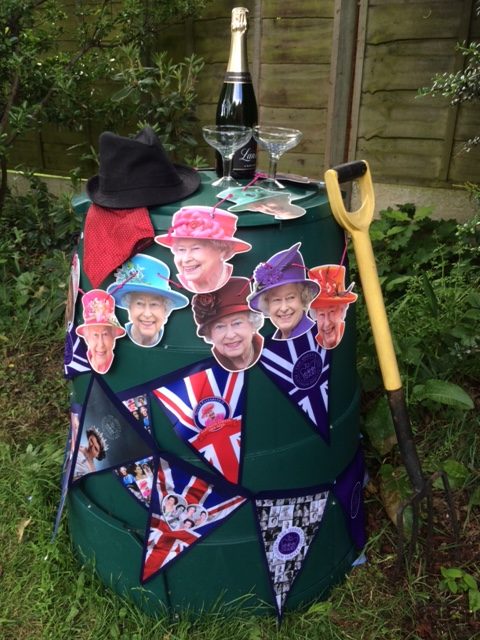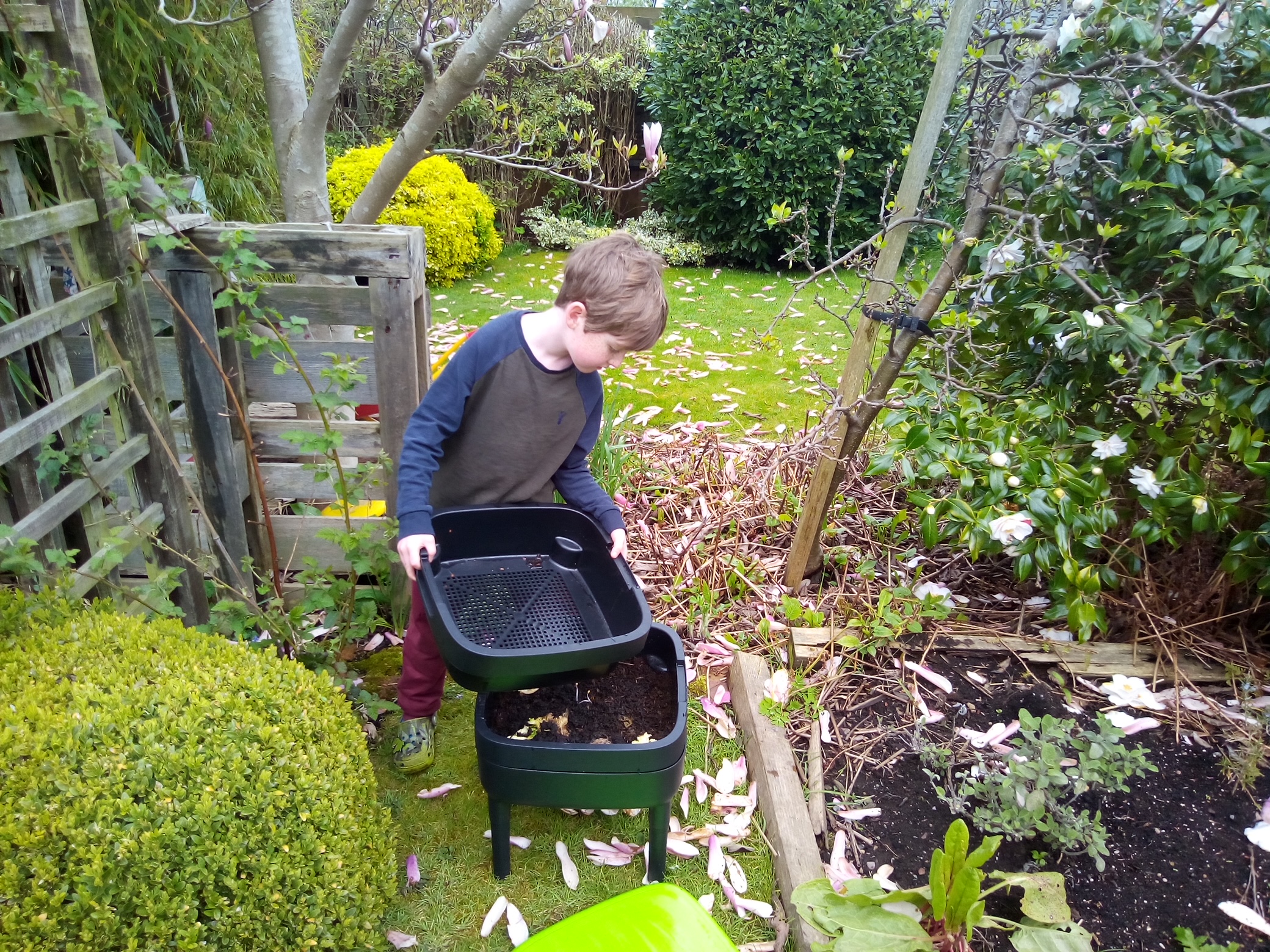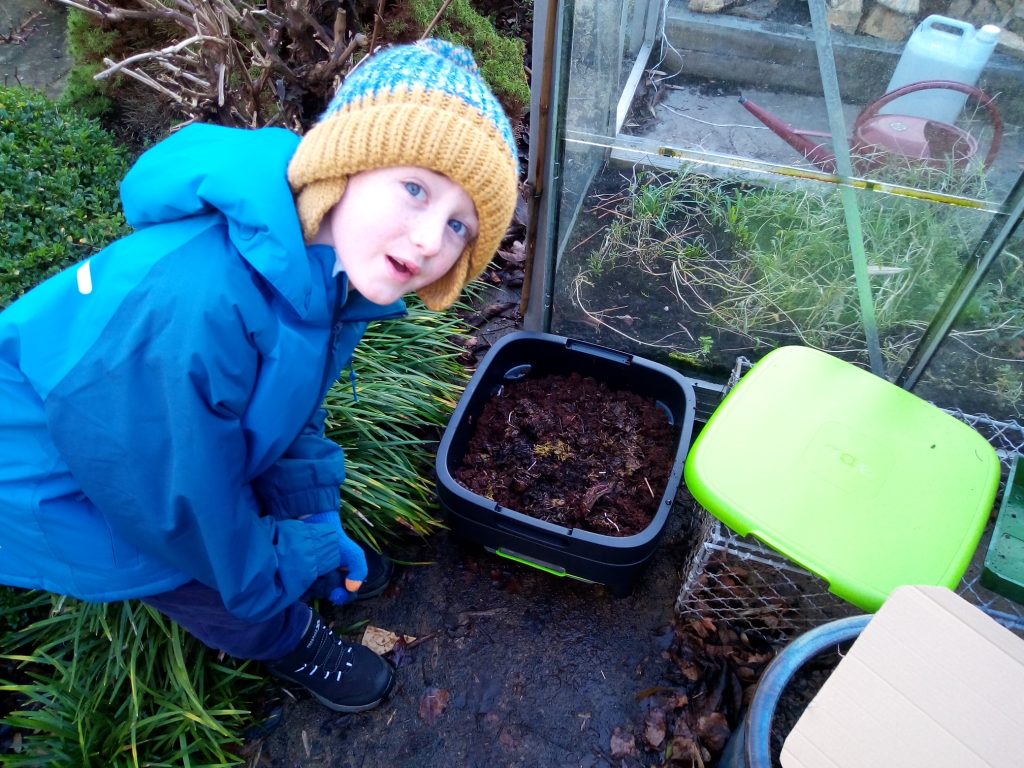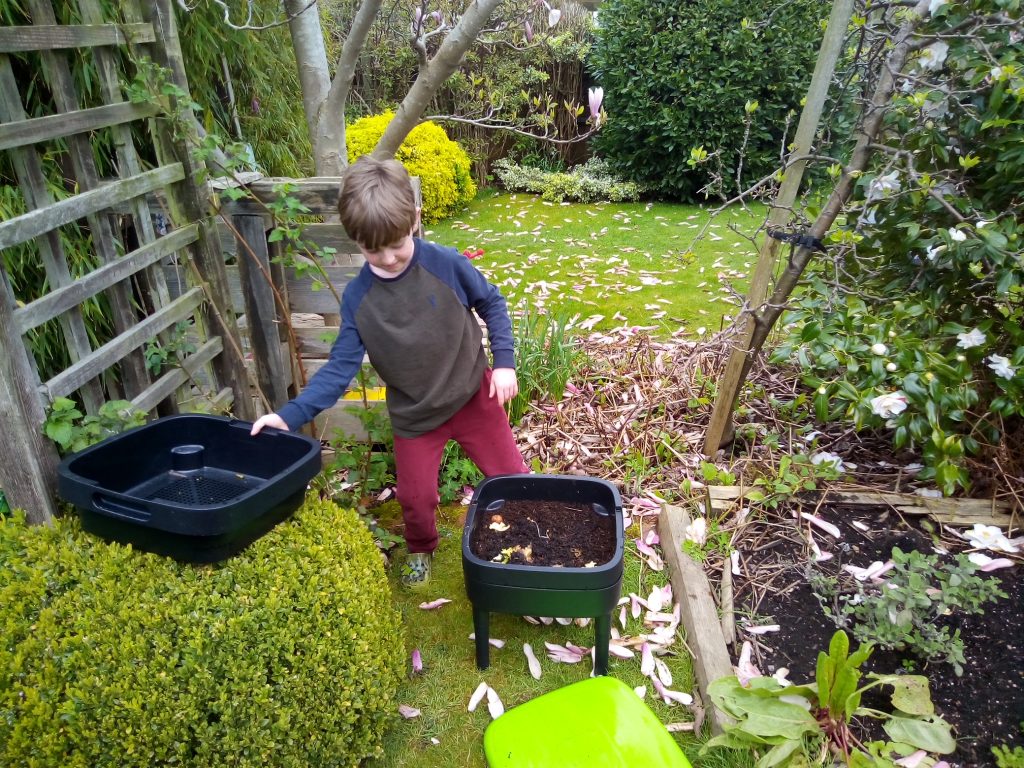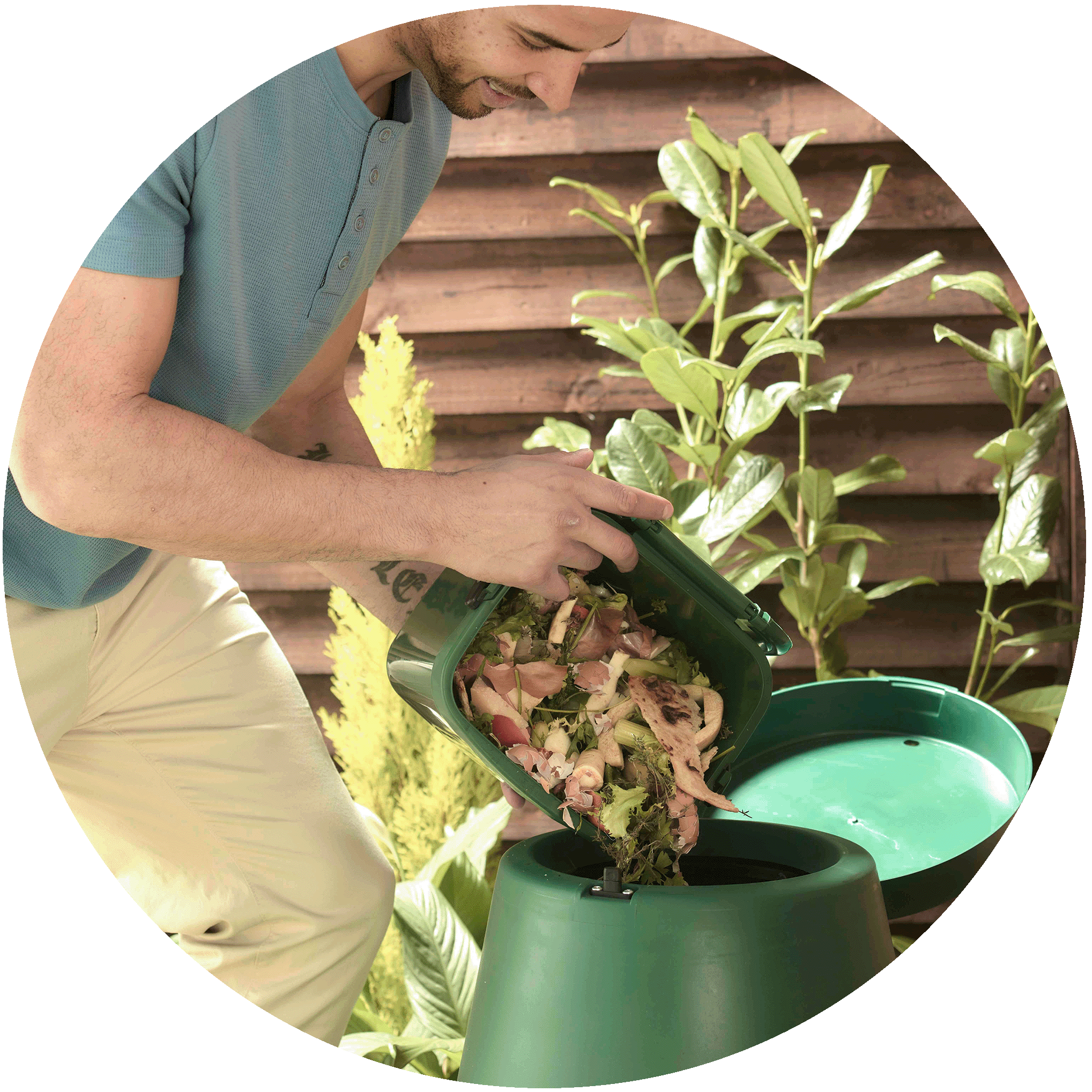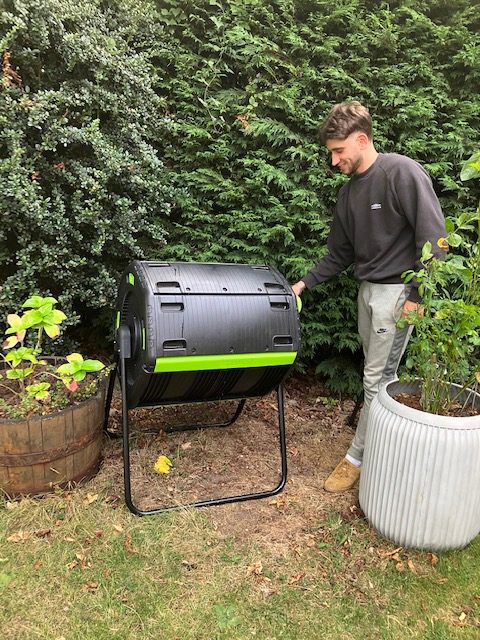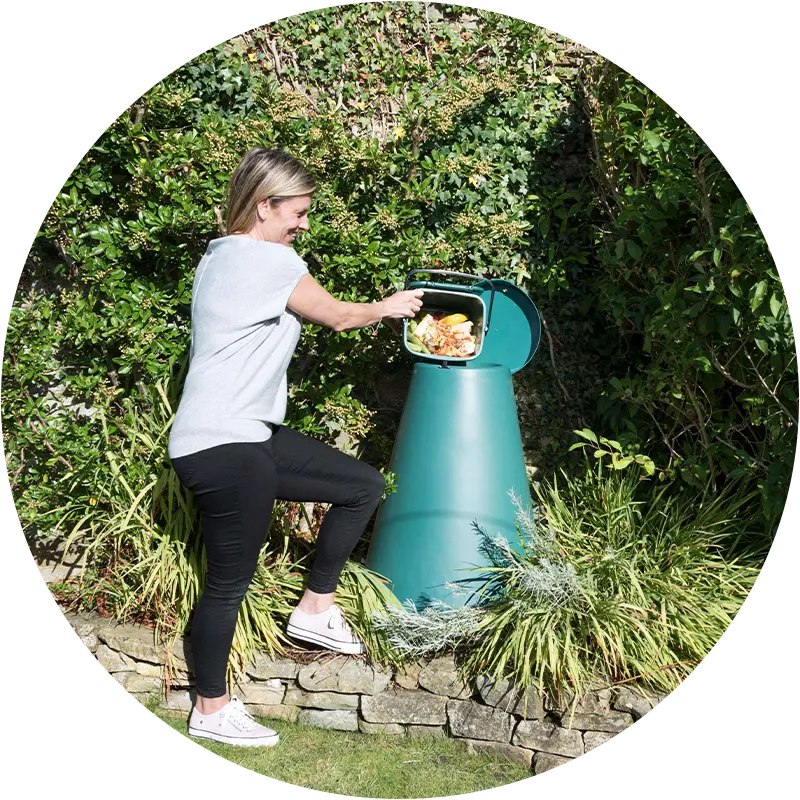Mention the term ‘food waste collection’ to millions of people in England and chances are you’ll be met with a blank stare.
That’s because their local councils have not yet started operating separate food waste collections; currently only around 50% of English local authorities do so. But change is coming. Before long, those residents will be joining the rest of the country in separating out food waste from residual waste. Scotland, Wales and Northern Ireland have already made the change.
It’s a revolution in waste disposal but also in the daily routines of millions of people – and the planet will reap the benefits.
According to WRAP (the Waste and Resources Action Programme) national kerbside food waste collections will mean a reduction in greenhouse gases of 1.25 million tonnes per year. In compliance with the Environment Act, by 2030 no food waste will be sent to landfill in the UK.
Those local authorities that have already made the change have succeeded in getting a vital message across to their residents – food waste recycling really does make a difference. Once you know that food waste in landfill releases methane, a greenhouse gas 25 times more potent than carbon dioxide, it’s hard to just chuck your apple core in any old bin.
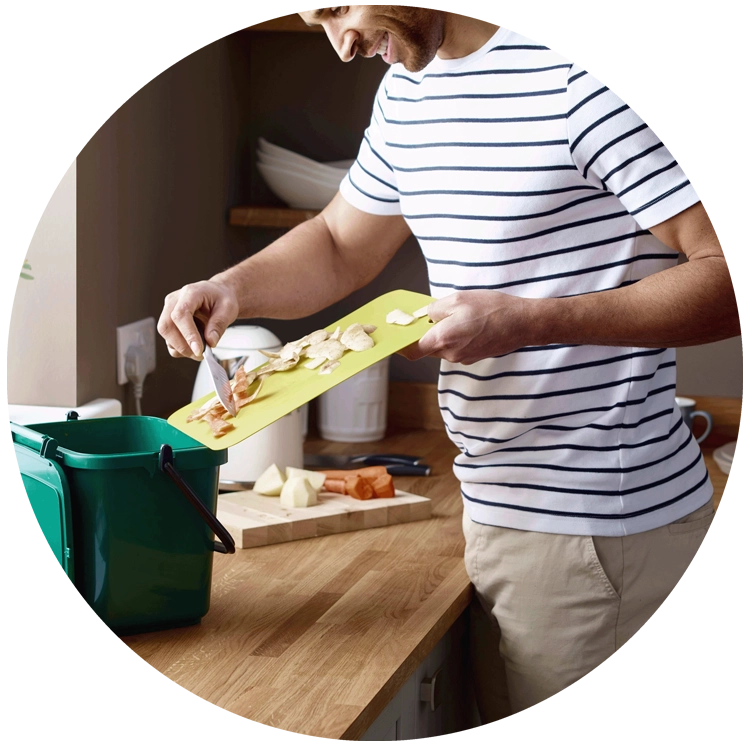
Turning food waste into compost is the single fastest and easiest thing people can do to combat climate change. So it makes sense that many people want to bring about this incredible transformation themselves, by taking charge of their own food and garden waste and turning it into compost for their garden, allotment or community project.
At Great Green Systems we understand the many varied rewards that come from composting, both for the individual and for their local council. For almost 20 years we’ve been working in partnership with local authorities around the UK, running schemes offering discounted food waste composters to those residents who want to recycle their food waste at source, right in their own gardens.
Such schemes typically divert an estimated 250kg per family per year from landfill or treatment centres.
In 2020 Cumbria County Council estimated that over five years their scheme offering residents subsidised food waste composters (Green Johannas and Green Cones) had succeeded in diverting more than 5,000 tonnes of food waste from landfill, an average of 87 tonnes per month.
Recycling food waste
Green Johannas tend to be chosen by people who want to recycle garden waste as well as food waste, and to also produce their own compost. The Johanna was voted a Star Buy by Gardeners’ World magazine in 2021 and a Best Buy by Which? in 2022.
Green Cones accept only food waste and do not produce compost but a soil conditioner that nourishes the soil in which they are embedded. Because Green Cones require no stirring or turning, they are often chosen by people who want the simplest possible way of recycling food waste.
Both products are made in the UK from 100 per cent recycled plastic.
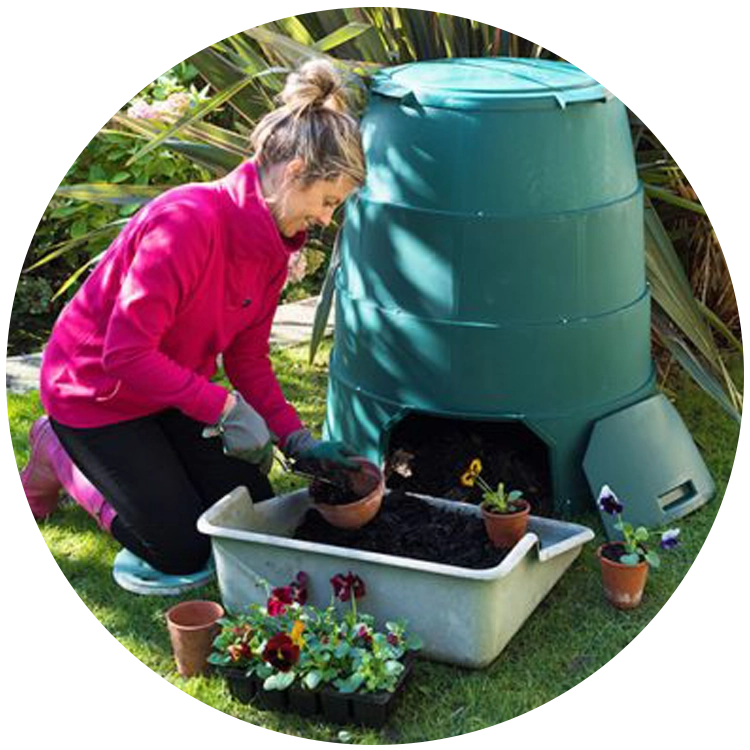
The Green Johanna
Judith Bradshaw, waste prevention officer for Cumbria County Council, says:
‘Food waste digesters are a great way to reduce household waste in the county and offer an easy way for the householder to treat their food waste at home. The scheme has been very well received around the county.
‘I purchased a Green Cone to use alongside my existing composter which already works really well. I now have the means to treat all of my food waste, both cooked and uncooked at home, as the two bins complement each other perfectly.’
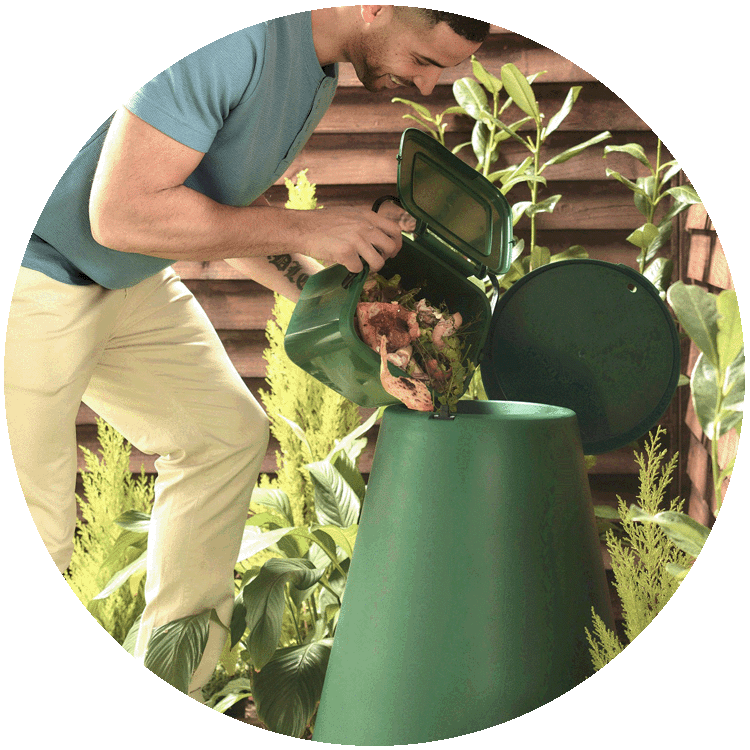
The Green Cone
Research by WRAP shows that the benefits derived from composting go beyond improved food waste disposal. When householders take responsibility for their own food and garden waste, a positive attitude to recycling in general usually follows, meaning that other recycling rates also improve. As people become aware of how much food they throw away, they also tend to reduce the amount of waste they produce.
In addition, an increased awareness of the role that compost plays in helping soil to capture carbon in the atmosphere and store it in the ground, means that people feel they are doing their bit in the fight against the climate crisis.
Different challenges
At Great Green Systems we know that every local authority region faces very different challenges with regard to waste disposal. Our partnerships have included local authorities from the length and breadth of the country, from the Scilly Isles to the Orkneys. The geographical areas covered by our partner local authorities are diverse, from large land areas with spread-out populations to urban areas with multi-occupancy residences.
It’s not only homeowners with gardens who benefit from food waste composting. We have seen amazing results with small-scale community composting schemes in housing association complexes.
When 33 Green Johannas were installed across eight flats sites across East and West Sussex and Surrey (run by Housing 21 and Amicus Housing), the communal gardens were not the only things that blossomed. Residents and staff reported that personal well-being and community spirit also flourished. The projects helped to keep people mentally alert and physically active, through taking waste out to the Johannas, crunching up cardboard containers etc. It gave neighbours an added reason to chat to each other, acting as a conversational ice-breaker, not to mention encouraging them to grow their own flowers and food using the free, organic compost they had created.
Environmental benefits
Composting appeals to people for different reasons. For some it’s because they’re enthusiastic gardeners and see making their own free, organic compost as a no-brainer. Others are converted to composting when they learn about its incredible environmental superpowers.
For instance, compost:
- boosts soil quality
- prevents soil erosion
- improves soil drainage
- absorbs water (slowly releasing it to grass and plants)
- improves plant productivity and quality
- helps soil to capture carbon from the air and pull it back into the ground.
According to the charity Garden Organic, the health of the earth’s soils is fundamental to life as we know it, yet half the planet’s topsoil has been lost in the last 150 years. The charity urges people to take simple steps to redress this in their own gardens by regularly topping up beds with compost and ensuring soils are not left bare.
So, in making compost, in your own small way you are actually helping to save the earth. You don’t have to be a budding Alan Titchmarsh to want to do that!
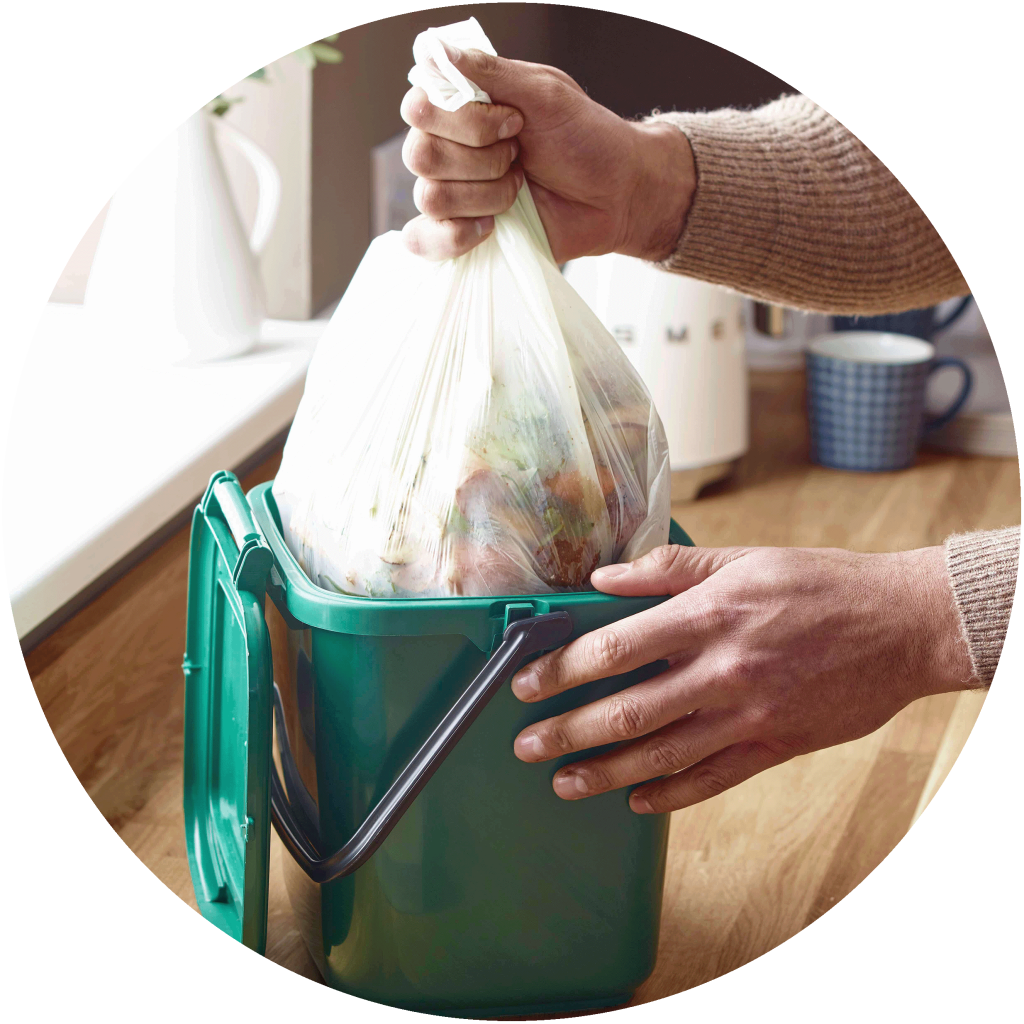
It goes without saying that council officers tend to be composting enthusiasts themselves.
Debbie Lee, recycling liaison officer for Redbridge Council, recently sent us an update of her Green Johanna. She says: ‘I am still completely in love with the product. The Green Johanna is one of the most wonderful pieces of waste minimisation there is around!’
Andrew Jenkins, waste prevention team leader at Buckinghamshire Council, says:
‘The Green Johanna and Green Cone are a brilliant way for residents to put their food waste to good use in the garden and it saves food waste being collected and transported by the council.’
Charles Nouhan, recycling and commercial manager for Sevenoaks District Council, says:
‘Green Cone and Green Johanna food digesters remove all food waste produced by a typical UK household. It is a great solution for residents who have a bit of spare space in their gardens, and a huge help to the local council’s efforts to reduce household waste.’
Amy Williams, lead waste technical officer at Wiltshire Council, says:
‘These composters are a great way of reducing the amount of food waste that is put into residents’ general waste bins, which ultimately reduces the volume of waste that the council has to dispose of.’
Great Green Systems work with all types of local authorities – county councils, district/borough councils and unitary/metropolitan councils. We design our campaigns around each council’s needs, taking into account issues such as geography, demographics, current and planned recycling and garden waste collections. Campaigns may vary based on whether a council has a budget for subsidy or not, and whether they prefer to offer residents one specific product or a choice of several. We also design integrated marketing programmes combining digital/social media and traditional print media to promote the offers to residents.
The Great Green Systems motto is – Feed the Earth with Your Food Waste. With the help of our local authority partners, we’re proud to be helping thousands of people to do just that.
